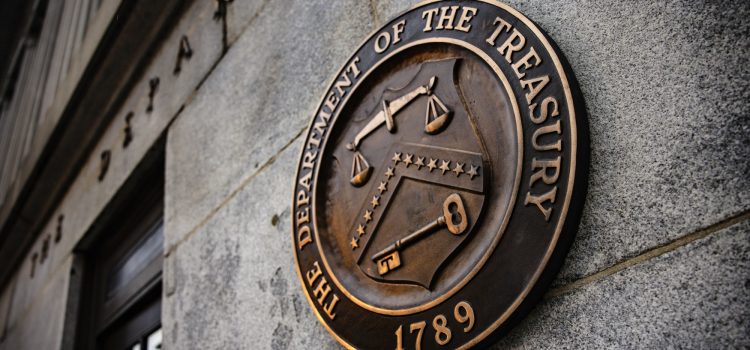
Introduction
The financial landscape experienced a notable shift recently as strong retail sales data exerted its influence on Treasury yields. In a remarkable turn of events, these yields have reached their highest level this year, reflecting the market’s response to a surge in consumer spending. This article examines the dynamics behind this development, the implications it carries, and the potential outcomes for the financial sector.

Retail Sales Surge and its Significance
The retail sector has proven to be a driving force behind the recent surge in economic activity, marked by robust retail sales data. Consumers, buoyed by factors such as improved employment figures and higher disposable income, have propelled retail spending to remarkable heights. This surge in consumption signifies a potential boon for the broader economy and offers a glimpse into changing consumer sentiments.
Impact on Treasury Yields and Financial Markets
The correlation between strong retail sales data and Treasury yields has ignited a substantial market response. Treasury yields, which are a reflection of the government’s borrowing costs, have risen in tandem with heightened economic optimism. This uptick in yields not only impacts fixed-income investments but also influences borrowing costs across the financial spectrum, contributing to a broader reshaping of market dynamics.
Considerations for Investors and Analysts
The surge in Treasury yields prompts investors and analysts to recalibrate their strategies. Fixed-income investors, who often seek stability, may face increased volatility as yields rise. Equity investors, on the other hand, navigate potential shifts in capital allocation as the allure of higher yields competes with stocks. Analysts are tasked with dissecting the multifaceted implications of this development and its potential reverberations.
Looking Ahead: Market Trends and Possible Scenarios
As the financial market absorbs the impact of heightened Treasury yields, various scenarios come into focus. Increased yields could attract more capital to the fixed-income market, potentially influencing interest rates on other financial products. The Federal Reserve’s response to this yield momentum becomes a critical factor, potentially shaping monetary policy adjustments to maintain equilibrium.
Conclusion: Navigating the Yield Momentum
The convergence of strong retail sales data and elevated Treasury yields paints a picture of a dynamic and evolving financial landscape. The surge in consumer spending, as reflected in retail sales, has ignited a chain reaction with far-reaching implications. Investors, analysts, and policymakers find themselves at a juncture where careful consideration and strategic decisions are essential to navigate the shifting tides of the market. In summary, the ascent of Treasury yields to their highest level this year, driven by robust retail sales data, underscores the interplay between economic indicators and market dynamics. As the financial sector responds to this development, stakeholders must remain vigilant, adaptable, and informed to seize opportunities and manage risks in an ever-changing environment.










